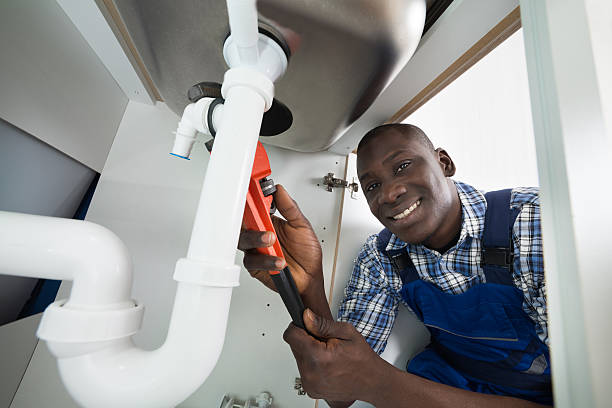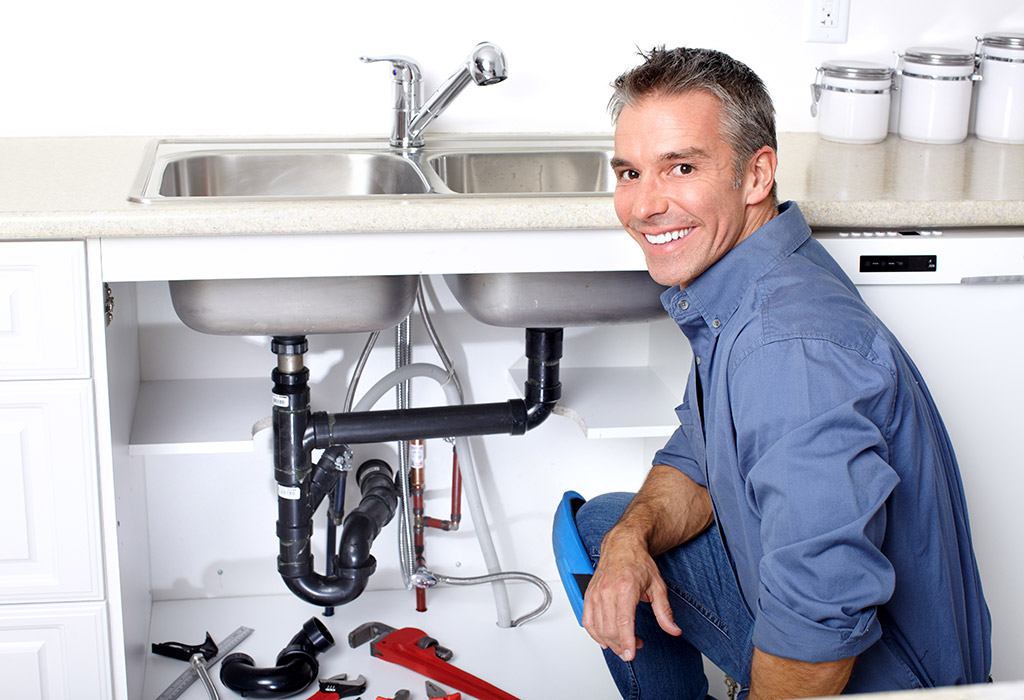Quality Water Heater Installation Alabaster AL for Ideal Convenience
Quality Water Heater Installation Alabaster AL for Ideal Convenience
Blog Article
A Step-by-Step Guide to Reliable Hot Water Heater Installation for Ideal Efficiency
Getting started on the task of installing a water heating system is an endeavor that demands precision and a systematic method for attaining optimum efficiency. As you proceed, the intricacies of connecting water supply lines and setting up reliable electric or gas links await, encouraging understandings into ensuring effectiveness and reliability.
Choosing the Right Water Heating Unit

Following, think about the dimension and capability of the hot water heater. It's essential to assess your family's warm water needs, which can differ based on the variety of occupants and their use patterns. A device that's as well tiny might result in insufficient hot water, while an extra-large design may cause unnecessary energy consumption.
Performance scores likewise play a pivotal role in option. Search for water heaters with high Power Variable (EF) ratings, suggesting exceptional efficiency and reduced power use. Tankless designs, though typically a lot more pricey ahead of time, deal substantial energy financial savings over time because of their on-demand home heating capabilities.
Preparing the Setup Location
Before installing a new water heating system, thorough prep work of the installment area is important. It's critical to measure the area thoroughly to suit the water heating unit's measurements, making certain sufficient clearance around the unit for effective procedure and maintenance.
Check the floor for stability, as the water heating system will certainly require a solid, level surface to operate effectively. If needed, set up a drip pan under the system to capture possible leaks or spills, protecting against water damage to the surrounding location.
Furthermore, make certain that all necessary devices and products get on hand before starting the installation. This includes items such as wrenches, screwdrivers, a degree, and any kind of extra equipment needed for safeguarding the heating system and mounting. A well-prepared setup location establishes the structure for a successful hot water heater configuration, maximizing performance and safety.
Connecting Water Lines
When linking supply of water lines to your recently mounted water heating system, it is crucial to ensure that all links are safe and leak-free to keep efficient procedure and avoid water damages. Begin by identifying the hot and cool water supply lines. The cool water inlet is usually marked with a blue label or a "C", while the warm water electrical outlet is marked with a red tag or an "H".
Use adaptable water heating system adapters to assist in a much easier setup process. Before attaching the ports, place a plumbing professional's tape around the threaded ends of the water heater's inlet and outlet pipelines.
When connections are in area, slowly transform on the main water supply shutoff. Check each link for leaks by visually examining and home feeling for dampness. Tighten up connections as needed, and ensure the pressure relief shutoff is properly set up, protecting versus excessive pressure accumulation.
Establishing Up Electrical or Gas Links
Correctly establishing up the electric or gas links for your water heating unit is a vital step to make sure reliable and risk-free operation. For electric water heating units, begin by validating that the electric circuit is suitable with the heating unit's voltage and amperage demands.
For gas water heating systems, security is critical. Link the gas line to the water heating unit making use of a flexible gas port, guaranteeing it is properly threaded and secured with pipe joint compound or Teflon tape suitable for gas links.
As soon as connections are made, evaluate for any prospective leakages. For gas lines, use a soapy water solution to the joints; bubbles suggest a leak. For electrical links, confirm that all electrical wiring is secure and properly shielded, maintaining compliance with local electric codes.
Changing and evaluating for Performance
With the electrical and gas links safely check this in position, the following step is examining the operational effectiveness of your hot water heater. Begin by meticulously switching on the water system and ensuring there are no leaks at any one of the valves or joints. When validated, continue to load the tank, paying focus to the stress and temperature setups. It is a good idea to set the thermostat to a suggested temperature of around 120 ° F(49 ° C) to stabilize power performance and convenience.
Next, do a complete evaluation to make sure the burner or gas heaters are functioning appropriately. For electric heating systems, make use of a multimeter to validate if the components are attracting the proper present. In gas models, observe the heater flame; it ought to be blue and stable, showing reliable burning.
Readjust the settings as necessary to get rid of inadequacies. Consider implementing insulation steps, such as including a hot water heater covering, to additionally enhance performance by lessening warm loss. In addition, inspect the anode pole's condition, as a shabby pole can decrease effectiveness and lead to tank corrosion.
Verdict
Reliable water heating unit installment is important for making sure optimum efficiency and energy financial savings. By choosing the suitable type and dimension, and meticulously preparing the installment location, a foundation for success is developed. Firmly linking water lines and very carefully establishing electric or gas links lessen potential concerns. Comprehensive screening for leakages and exact thermostat changes to 120 ° F improve integrity and effectiveness. Sticking to these steps promotes lasting performance and power conservation in residential water home heating systems.

Appropriately setting up the electrical or gas links for your water heating unit is an important action to ensure reliable and safe operation. For electric water heating units, begin by validating that the electrical circuit is compatible with the heater's voltage and amperage requirements. Attach the gas line to the you could try here water heating system utilizing an adaptable gas adapter, ensuring it is correctly threaded and sealed with pipeline joint compound or Teflon tape ideal for gas links.
Report this page